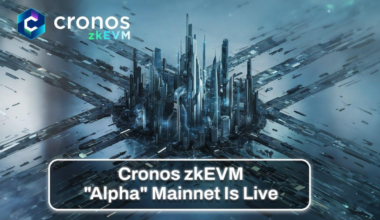Binance, a major cryptocurrency exchange, has admitted to a mistake in storing some of its customers’ funds in the same wallet as its collateral for in-house tokens called B-Tokens.
As a solution, the company has started to transfer these assets to separate wallets that are dedicated to holding collateral.
According to Bloomberg, Binance provided information for all 94 tokens it issued by releasing a proof of collateral for B-Tokens.
Binance had previously stated that B-Tokens are always fully collateralized and backed 1:1. However, the proof of collateral showed that Binance reserves for almost 50% of all B-Tokens were stored in a single wallet called “Binance 8”, which holds more tokens than required for the amount of B-Tokens issued.
This suggests that Binance mixed customer’s coins with its own collateral instead of storing them separately.
This type of wallet management goes against Binance’s own guidelines. Binance’s proof of reserve (PoR) page states that the exchange’s corporate holdings are recorded in separate accounts and do not form part of the proof-of-reserves calculations.
Binance said: “
When a user deposits one Bitcoin, Binance’s reserves increase by at least one Bitcoin to ensure client funds are fully backed. It is important to note that this does not include Binance’s corporate holdings, which are kept on a completely separate ledger.”
A spokesperson for Binance said: “Binance is aware of this mistake and is in the process of transferring these assets to dedicated collateral wallets.” The representative also noted that Binance 8 is an exchange cold wallet and that collateral assets had been moved into this wallet in error.
This incident raises concerns about the transparency and security of Binance’s operations and the potential impact on its customers.
However, Binance’s quick action to transfer the assets to dedicated collateral wallets is a positive step, but it is uncertain if there will be any further issues.



